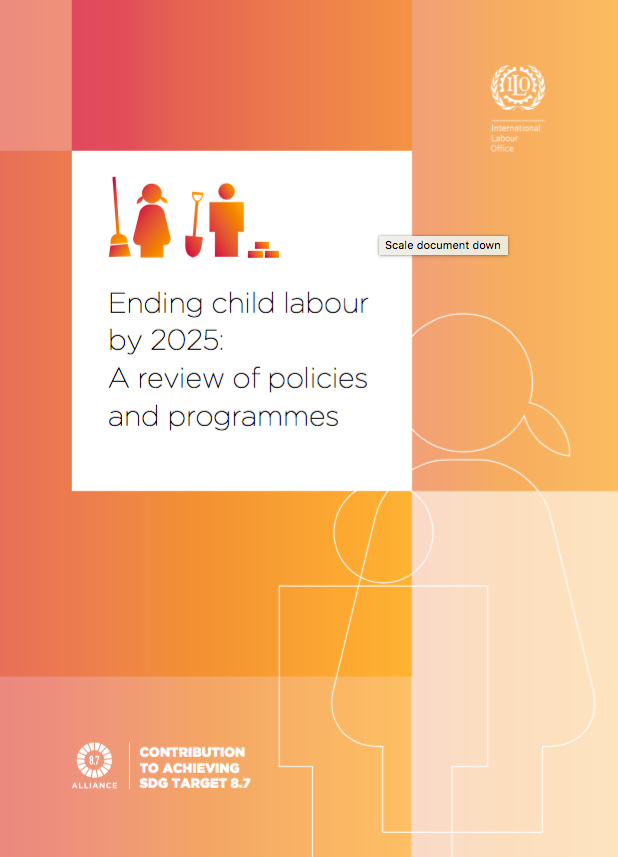Promoting Responsible Recovery: Detecting, Mitigating, and Remediating Modern Slavery in Supply Chains Session 2
PublicationsWebinarsThis briefing forms part of a broader five session series of webinars standing to tackle contemporary issues impacting modern slavery in supply chains, calling for candid discussion and pragmatic solutions. Workers themselves know better than any...Read More

